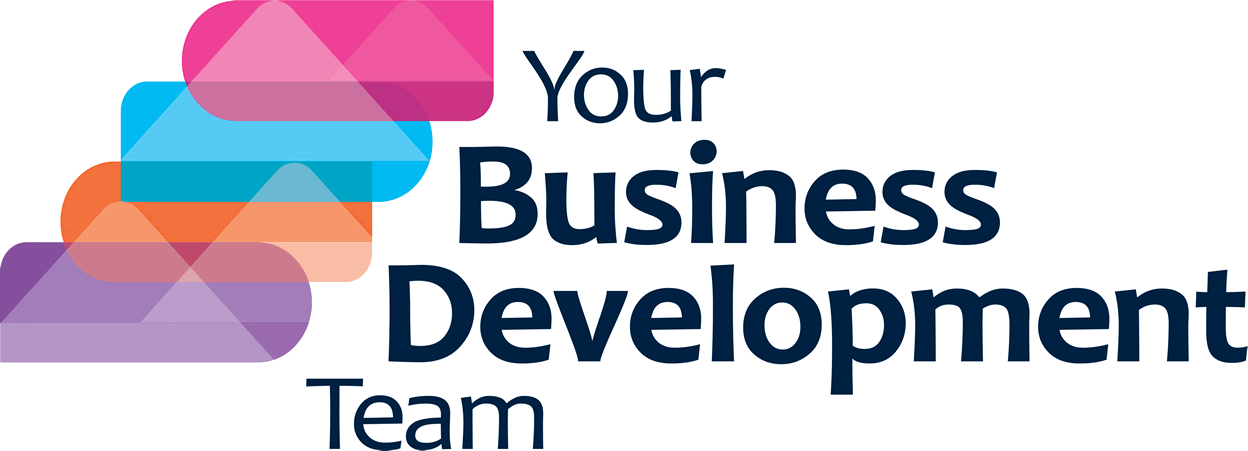Last month we discussed two companies which successfully utilised our established experience in business development support in the manufacturing and engineering sectors. As we pointed out, these are industries that have not previously needed to rely on active sales and marketing strategies as they could expect to see sufficient repeat business from regular customers.
There are many business sectors currently finding that they need to find new ways of putting their product and services in front of potential customers. The “new thing” can be very simple, here are a few examples:
For SVR Plastics, a long-established business selling into the Civil Engineering market, YBDT provided email and telemarketing services to raise awareness of their product specification guide. The campaign focused on ensuring that SVR’s products were on every merchant trade counter and the desk of the main estimator at each major contractor. A straightforward awareness raising campaign has led to a significant increase in enquiries and orders.
For businesses that do not have a culture of proactive sales, a “soft touch” approach can still bring benefits, as in the case of SVR, regular emails highlighting specific areas of their range supported by calling to key decision makers kept the company’s name in front of buyers with regular requirements.
When Tom and Teddy, the successful man and boys’ swimwear designer brand, came to the UK in 2018, they looked for support in getting them in front of retailers. As part of their marketing effort, they hired YBDT to research and call independent retailers and department stores and invite them to attend their stand at a key fashion exhibition in London. Founder and Director Michelle L’Huillier said: “As a result of this I have had some great conversations with retailers including Harrods, one of our key targets”.
Thinking creatively about what would generate leads for your business, in the distribution channel or when selling direct to the end user, helps your business stand out from the clamour of competitors jostling for the customers’ attention. For Tom and Teddy, the careful research and targeting of the best contacts, in the right companies lead to growth in the U.K. building on their previous success in Australia and the USA.
Creative thinking about sales and marketing comes from our experience of working with companies in many industries. Our expertise, built up over years of creating B2B strategies that support clients’ goals and objectives, means that we can tailor the services we offer to your expectations. Raising awareness of your presence in the marketplace, developing a clear strategy for sales growth, or generating and nurturing leads to the point that your sales team can take them on to orders all form part of our support to help you progress in 2021. Get in touch to learn more about how we can help you realise your goals.










